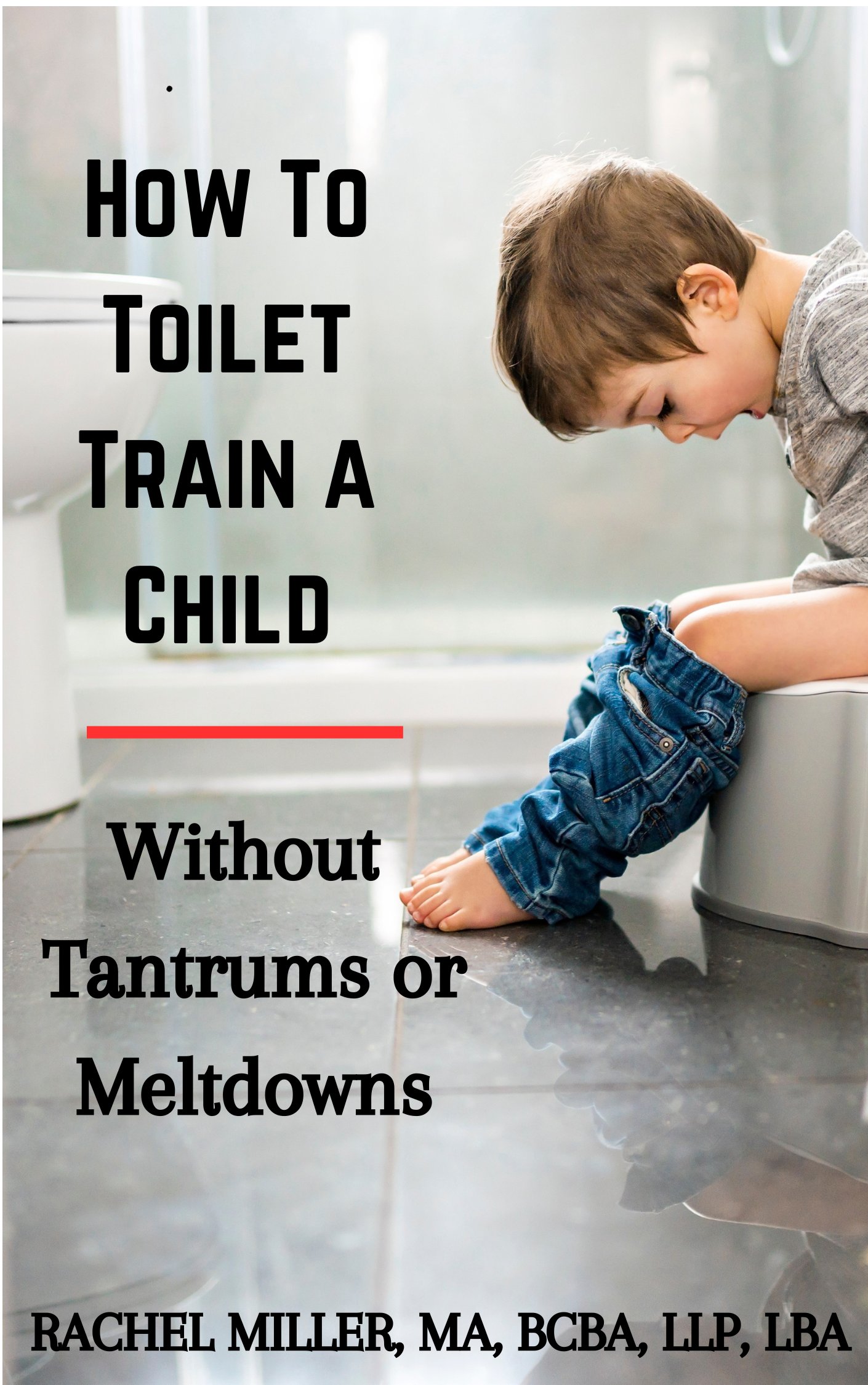ABA Therapists

Finding ABA therapists that are the right fit for a child with autism or pervasive developmental disorders (PDD-NOS) can feel overwhelming, but it is one of the most important steps you can take in supporting their growth and development. Applied Behavior Analysis (ABA) is currently recognized as the most effective, evidence-based treatment for children diagnosed with autism spectrum disorder. It has decades of research supporting its use, and it remains the gold standard in autism intervention.
ABA therapy focuses on understanding how behavior works, how it is affected by the environment, and how learning takes place. By using structured teaching methods, therapists can help children acquire essential communication, social, and academic skills while reducing challenging behaviors. Interventions are highly individualized, meaning no two children will have the exact same program, but most ABA programs share a few core techniques such as:
- Discrete Trial Training (DTT): A structured way of teaching where skills are broken down into small, manageable steps with clear prompts and rewards.
- Pivotal Response Training (PRT): A play-based approach that focuses on key skills like motivation and self-initiation.
- Incidental Teaching: Using naturally occurring situations to teach new skills during the child’s everyday activities.
- Communication Pictures: A method that uses pictures to help children with limited verbal skills communicate more effectively.
ABA therapy can be delivered in a variety of settings—at school, at home, or in clinical centers. Parents are often encouraged to participate actively, since reinforcing skills in daily routines is one of the best ways to ensure progress.
Where to Find ABA Therapists
If you are just starting your search, there are several options. Some families begin by contacting local ABA centers that employ teams of Board Certified Behavior Analysts and ABA therapists. Others may place ads in local newspapers or on websites such as Craigslist to find independent providers. When going this route, it is essential to check references carefully and confirm that the individual has proper training and certification.
You can also ask your child’s diagnosing physician or insurnace company for referrals. Doctors and developmental specialists often know which services are available in your area.
Cost of ABA Therapy
One of the challenges many families face is cost. ABA therapy can be expensive, especially for those paying out of pocket. Rates vary widely, ranging anywhere from $20 to $100 per hour, depending on the therapist’s credentials, level of experience, and the type of service provided.
If you are going through insurance, it is important to know that requirements for therapists vary by state and by provider. At present, many insurance companies do not require ABA therapists to hold a specific degree. However, most do require therapists to be certified as a Registered Behavior Technician (RBT). Becoming an RBT involves completing around 40 hours of training, passing a competency assessment, and demonstrating proficiency in ABA techniques through a formal exam. I highly recommend finding a company that requires this certification to ensure the therapist has enough training regardless of what insurance mandates.
States mandating insurance to pay for ABA therapists
All 50 states in the U.S. now have laws requiring insurance coverage for autism services, but the details of these mandates can look very different from one state to another. The National Conference of State Legislatures notes that many of these laws only apply to fully insured private health plans. Large employers with self-funded plans under ERISA are often exempt, which can leave some families without the same protections. Beyond that, states set their own rules for what services are covered, who can provide them, the age range of eligible children, and the limits on how much treatment can be reimbursed.
Even with coverage mandates, families often run into obstacles when trying to access ABA therapy. High out-of-pocket costs like deductibles, complex referral requirements, or strict limits on therapy hours per week can all create barriers. According to Autism Speaks, some insurance policies technically include ABA therapy but apply significant restrictions. These may include yearly caps on the number of sessions, a narrow definition of what is considered “medically necessary,” or other limitations that reduce how much therapy a child can realistically receive.
Alternative and Online ABA Options
In addition to traditional therapy, there are newer online programs that can support both parents and professionals. For example, Rethink Autism is an online ABA platform that teaches caregivers how to implement ABA techniques and provides tailored programs based on the child’s needs. These types of resources can be especially useful for families in rural areas or for parents who want to reinforce therapy techniques at home.
Levels of ABA Certification
When looking at credentials, it helps to know the different levels of ABA certification:
- Registered Behavior Technician (RBT): Entry-level paraprofessional certification requiring training, assessment, and an exam. RBTs work under the supervision of a certified behavior analyst.
- Board Certified Assistant Behavior Analyst (BCaBA): Requires a bachelor’s degree, coursework in behavior analysis, and supervision by a BCBA. BCaBAs can carry out the same work as BCBAs but must remain under their supervision.
- Board Certified Behavior Analyst (BCBA): Requires at least a master’s degree in behavior analysis or a related field. Some professionals go on to earn a doctorate, in which case their credential reads BCBA-D. Both BCaBAs and BCBAs must pass rigorous examinations to achieve certification.
Seeing these credentials ensures you are working with professionals who understand ABA deeply and are qualified to oversee effective programs.
What to Look for in an ABA Therapist

Credentials and training are important, but personal qualities also make a huge difference in therapy.
The best ABA therapists are:
- Positive and engaging. Children respond best to therapists who are animated, loving, and energetic. Therapy should be fun for the child.
- Observant. Good therapists notice small changes in behavior and reinforce not just programmed goals but also spontaneous improvements. For example, if a child suddenly sits calmly or uses a new sound, that effort should be praised and rewarded.
- Knowledgeable about core ABA methods. Familiarity with DTT, PECS, and other major techniques is essential.
- Supervised by a BCBA. Even experienced therapists benefit from supervision, which helps ensure that programs remain consistent and effective.
Choosing a therapist who is both highly trained and emotionally connected to your child will maximize progress and minimize frustration.
Final Thoughts
ABA therapy is a significant investment of time, effort, and often money, but the potential benefits for children with autism are life-changing. With the right therapist, children can build communication skills, develop independence, and engage more fully with the world around them. By carefully checking credentials, understanding insurance coverage, and seeking out providers who are both qualified and compassionate, families can feel confident they are giving their child the best chance to succeed.
If you haven't already, be sure to check out my ebooks, now on Amazon!

